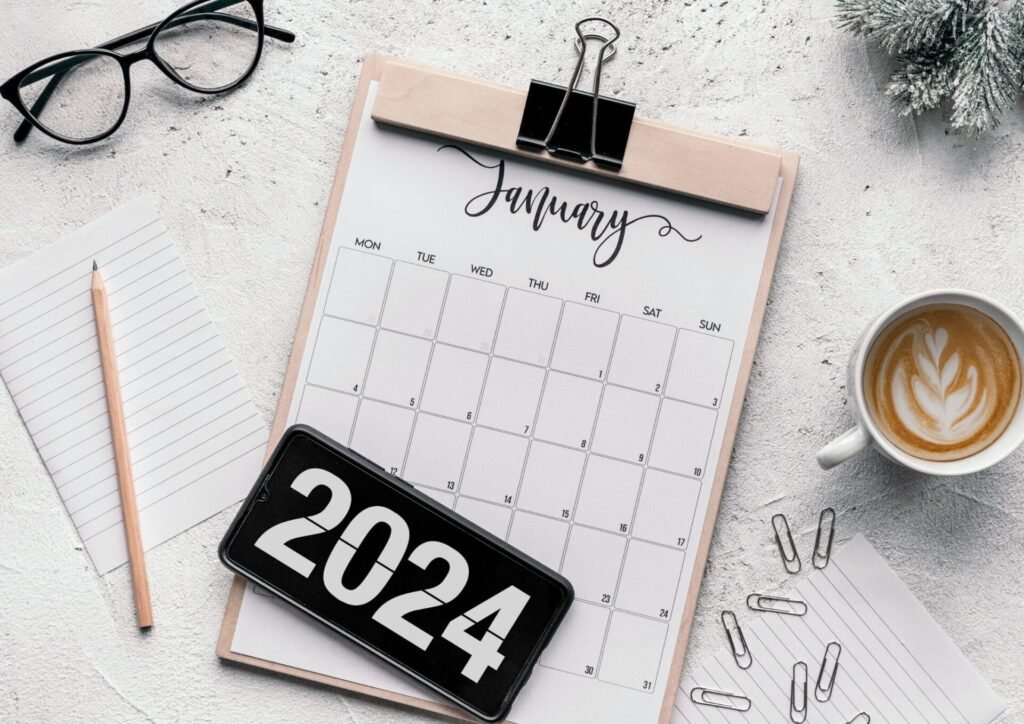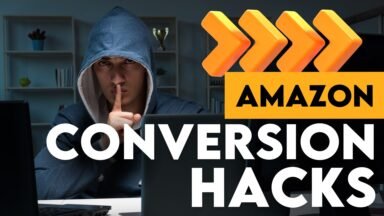Selling on Amazon through Fulfillment by Amazon (FBA) is already rife with fees that can eat into seller profits. In 2024, Amazon unveiled a sweeping set of FBA fee adjustments – both increases and decreases – that stand to significantly impact third-party seller bottom lines.
In total, seven major FBA fees were modified across the board. Some changes seem aimed at offsetting others, but sellers will need to closely analyze the net impact across their product portfolio to determine if they come out ahead or behind. The fee changes also touch on all aspects of the FBA program – inbound logistics, fulfillment, storage, inventory planning, and even product-specific verticals like apparel. And they are being gradually rolled out between January 2024 and April 2024.
In this blog post, we will summarize what FBA sellers need to know about this tangled web of incoming Amazon fee changes. We’ll break down the purpose behind each updated fee when it takes effect, what products it impacts, and most importantly, steps sellers can take to mitigate any profit losses.
Amazon FBA fee changes in 2024

In 2024, Amazon is rolling out not one, not two, but seven major adjustments to its FBA fee structure. Here is a simplified summary of the key Amazon FBA fee changes:
Inbound Placement Service Fee
This new fee covers Amazon’s costs of distributing inventory across its regional fulfillment center network. It will be $0.27 per unit for standard-sized products (under 20 lbs) and $1.58 per oversized unit (over 20 lbs). This fee kicks in starting March 1, 2024 and will start charging you 45 days after products arrive at Amazon’s initial receiving center.
The goal is to shift Amazon’s fulfillment operations to a more distributed, regional model with 8 interconnected logistics networks. Sellers now need to optimize inventory placement decisions to minimize these inbound placement fees, which will initially be difficult to forecast. This makes inventory and financial planning more complex for 3P sellers using FBA.
Reduced FBA Fulfillment Fees
To offset the new placement fees, Amazon lowered the per unit fulfillment fees by $0.20 for standard-sized units and $0.61 for oversized units, effective April 15, 2024. This averages a 8-12% drop in fulfillment fees. Sellers will need to model total landed costs with both changes.
Adjusted FBA Size Tiers
The size tiers for assessing fees changed as of Feb 5, 2024. The old tiers (small, medium, large, special oversize) now shift to a more granular set based on tighter weight bands. A new oversized “Large Bulky” tier is introduced for mid-range bulky items from 20-90 lbs. An “Extra Large” tier is added for the heaviest items above 150 lbs.
Low Inventory Fees
Amazon wants to ensure adequate stock levels to meet customer delivery promises. So, a Low Level Inventory Fee was introduced for sellers keeping stock below Amazon’s thresholds relative to sales volumes. Some exceptions apply for new sellers or new product launches. Hence, using Amazon logistics programs can sometimes exempt sellers from these warnings and fees.
Reduced Storage Fees
Monthly storage fees decreased by $0.09 per cubic foot for standard-sized inventory stored from Jan-Sept (off-peak months). No change to peak holiday storage fees. This averages around a 4% drop in fees during slower seasons.
Expanded Ships in Product Packaging (SIPP) Program
The SIPP program offers FBA sellers discounts on fulfillment fees if their products can safely ship in their existing retail packaging without additional reboxing by Amazon. Discounts range from $0.04 to $1.32 per unit depending on the item specifics.
This program also known as Ships In Own Container (SIOC) and had tight eligibility restrictions. As of Feb 5, 2024, the newly branded SIPP program opens to all FBA sellers and product categories, significantly expanding the potential savings. When properly optimized, SIPP items can drive major fulfillment cost reductions.
Lower Apparel Referral Fees
In order to drive more apparel selection, Amazon lowered referral fees (its commission on each sale) in two key price tiers effective Jan 15, 2024:
- Items under $15 saw fees drop from 17% to 5%
- Items priced $15-$20 had fees reduced from 17% to 10%.
This change allows apparel sellers in Amazon’s fashion vertical to significantly increase profit margins on value-priced merchandise. It provides flexibility to offer more competitive consumer prices to gain market share while maintaining margins. Brands that focus on budget apparel lines expect to benefit the most.
Navigating 2024 FBA fee changes from Amazon presents a formidable challenge for third-party sellers who rely on FBA services. With adjustments spanning increases and decreases across multiple areas, sellers will need to expeditiously analyze the total net impact on their business based on their product mix and inventory strategies.
Furthermore, those able to swiftly optimize around reconfigured fees by tweaking plans around inventory placement, shipment sizing, storage locations, or even rebalancing reliance on FBA versus self-fulfillment will gain an essential competitive edge. We hope this post has clearly outlined Amazon’s complex array of coming FBA changes so sellers can make informed decisions to counteract rising overhead and protect their profit margins.
If you need more help scaling your Amazon business, don’t hesitate to reach out to us at Evolve Media Agency. We’re here to help you boost your conversion rates and ramp up your Amazon sales. Check out our pricing portfolio and get a free listing audit by visiting emaamz.com. Also, remember to grab your free Amazon listing checklist at AMZchecklist.com our team is here to help. Thanks for tuning in, wishing you great success as you continue optimizing your unique corner of the web!





